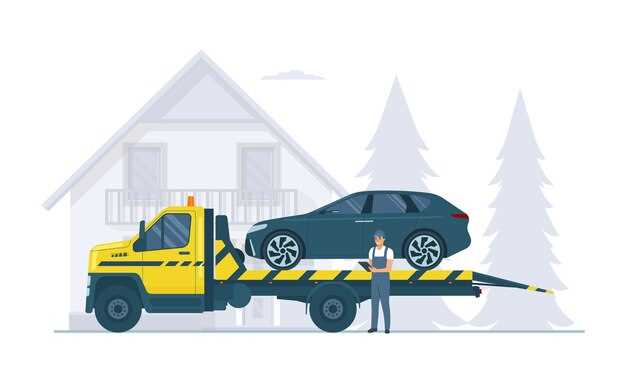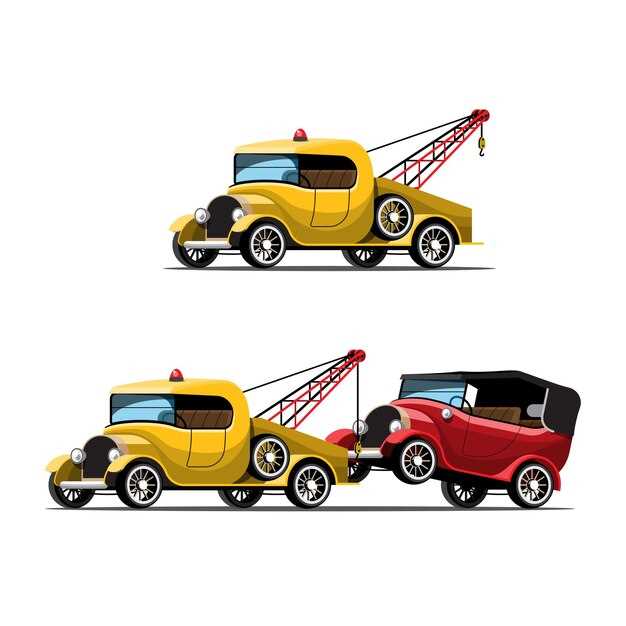
When it comes to dealing with a salvage car, one of the most critical decisions is whether to tow it or ship it. Each option has its own set of advantages and disadvantages that can significantly impact the car’s condition, the cost of the process, and the ease of the transaction. Understanding these differences can help car owners make an informed choice, especially when considering factors such as damage, title, and overall logistics.
Towing typically involves transporting the car directly to a repair shop, junkyard, or new owner using a tow truck. This method is often considered more straightforward, as it allows for immediate relocation without additional coordination. However, towing may not always be the safest option, particularly for cars that have sustained significant damage or have a salvage title. The risk of further damage during transit is a valid concern, especially if the vehicle is not securely attached or is towed on its wheels.
On the other hand, shipping a salvage car often entails a more structured and potentially safer process. Shipping services can accommodate vehicles with extensive damage, and transport these cars in specialized carriers designed to minimize the risk of additional harm. Additionally, shipping can offer more flexibility in terms of destination, which may be advantageous for those looking to sell or relocate their vehicle across state lines. However, the cost of shipping might be higher, leading many to weigh the pros and cons closely.
Towing vs Shipping a Salvage Car: Which Is Better?

When it comes to transporting a salvage car, two primary options are towing and shipping. Both methods have their advantages and specific use cases. Understanding the differences can help you make an informed decision based on the condition of your damaged vehicle and your budget.
Towing is generally the more straightforward method of moving a salvage car. It involves using a tow truck to pull the vehicle directly to its destination. Towing can be particularly beneficial if the salvage car is not operational or has significant damage that prevents it from being driven safely. One of the main advantages of towing is that it offers quick access to local transport services, making it an ideal choice for short distances.
On the other hand, shipping includes transporting your salvage car via a carrier service, which may involve placing it on a flatbed truck or enclosed trailer. This method can be more appropriate for longer distances or when relocating a damaged vehicle to a specialized repair shop. Shipping offers the added benefit of protecting the car from further damage during transit, particularly if you opt for enclosed transport options.
| Criteria | Towing | Shipping |
|---|---|---|
| Cost | Usually lower for short distances | Higher, but competitive for long distances |
| Speed | Faster for local transport | Potential delays in scheduling |
| Damage Protection | Limited; risk of further damage | Better, especially with enclosed options |
| Distance Capability | Best for short to medium distances | Suitable for long distances |
Ultimately, the choice between towing and shipping a salvage car depends on specific circumstances. If the vehicle has sustained extensive damage and is not driveable, towing may be the quickest solution. Conversely, for more extensive relocations or when needing to minimize potential damage during transport, shipping can be a more suitable option. Consider your car’s condition, distance to be traveled, and financial factors to decide which method works best for you.
Understanding the Costs of Towing vs Shipping a Salvage Car
When considering the transportation of a salvage car, understanding the financial implications of towing versus shipping is crucial. Each method comes with its own set of costs that can significantly affect your budget.
Towing a salvage car typically involves a flat fee based on distance, with potential additional charges for extra services such as winching or specialized equipment for damaged vehicles. Towing may also have hidden expenses, including potential damage to the vehicle during the haul and the need for permits in certain areas. These factors should be carefully evaluated to avoid unexpected costs.
On the other hand, shipping a salvage car often includes base fees that cover the actual transport, but you may encounter costs for insurance and additional services such as loading and unloading. While shipping can provide better protection for your car, it also tends to take longer and might be less accessible if you need immediate transportation.
Ultimately, the decision between towing and shipping should factor in the condition of the salvage car, urgency of transport, and potential risks associated with damage during transit. By thoroughly assessing the costs and benefits of each method, you can make an informed decision that balances your needs and budget effectively.
Evaluating the Safety and Risks of Towing Compared to Shipping
When it comes to transporting a salvage car, evaluating the safety and risks associated with towing versus shipping is essential. Each method has its own set of advantages and disadvantages that should be carefully considered.
Towing a Salvage Car
Towing typically involves connecting the salvage car to a tow truck or another vehicle and transporting it overland. Here are some key safety factors and risks:
- Stability: Towing can pose stability issues, especially with heavier salvage cars. Improper securing may lead to swaying or accidents.
- Legal Requirements: Different regions have specific laws regarding towing, including the need for proper permits or signals, which can add risk if not adhered to.
- Damage Risk: While towing a damaged car, there is a risk of further damage to critical components like the wheels or suspension due to improper towing techniques.
- Driver Experience: The skill level of the driver affects safety. Inexperienced drivers may not manage towing equipment correctly, increasing accident chances.
Shipping a Salvage Car

Shipping involves using a specialized vehicle transport service that typically does not require a vehicle to be driven. Here are the safety considerations:
- Equipment: Shipping services use specialized equipment designed for moving all types of vehicles securely, which minimizes the risk of damage.
- Insurance Coverage: Most shipping services offer insurance options, providing additional peace of mind in case of unforeseen circumstances.
- Tracking and Communication: Many shipping companies provide real-time tracking, allowing owners to be informed about their salvage car’s location and status.
- Less Physical Handling: Shipping often involves less physical handling of the vehicle, reducing the likelihood of additional wear and tear during transit.
Conclusion
Both towing and shipping have safety risks associated with them when it comes to a salvage car. Towing can expose the vehicle to more immediate risks like instability and potential legal issues, while shipping often provides greater protection and security for the car during transport. Ultimately, the choice between towing and shipping should depend on the specific conditions, legal regulations, and personal preferences of the car owner. Ensuring proper evaluation of these factors can lead to a safer and more secure transportation method for your salvage titled car.
Key Considerations for Salvage Titles and Insurance Implications
When dealing with salvage cars, understanding salvage titles is crucial. A salvage title indicates that a vehicle has been damaged to the extent that it is considered a total loss by insurance companies. This status significantly affects the car’s resale value and insurability. Potential buyers should be aware that purchasing a salvage car may limit their options for obtaining insurance coverage.
Insuring a salvage vehicle can present challenges. Many insurance providers are hesitant to cover cars with salvage titles due to the potential for hidden damage that may not be evident at the time of purchase. It is essential for owners to seek specialized salvage insurance that accommodates the unique risks associated with these vehicles. This type of coverage often includes liability insurance and may vary in terms of the extent of damage covered.
Furthermore, it’s important to evaluate the cost of repairs before deciding to tow or ship the salvage car. Extensive damage may lead to repair expenses that exceed the vehicle’s post-repair value. Conducting a thorough inspection ensures that stakeholders make informed decisions regarding whether to invest in towing the vehicle for repairs or to consider shipping it to a junkyard. Understanding these factors plays a vital role in the overall evaluation of a salvage car’s worth.



